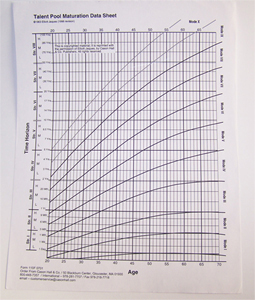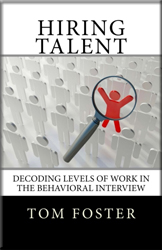“Of course, we have a clue,” Ethan was getting defensive. “I know a good candidate, when I see one. I always get a good feeling in the first few minutes of the interview.”
“So, you make your decision about a candidate in the first few minutes of the interview?” I asked.
“Well, no, I don’t make my decision, but I can tell pretty quick.”
“What can you tell pretty quick, if you haven’t written the role description?” I pressed.
Ethan knew he was getting backed into a corner. “The ad we place, on Craig’s List, it’s pretty detailed. It’s really close to the job description. I really do have a good idea what I am looking for during the interview.”
“Okay, let’s say I buy your job posting as a role description, and where the posting is ambiguous, you plan to make that up in the interview. So, let me see your list of prepared questions, that you have going in to the interview?”
Ethan was getting edgy. “Look,” he started, “I don’t even have an interview scheduled, yet. I will make up some questions before I get in the room.”
“Ethan, we started this conversation when you said that it was hard to find good people these days. If you can’t find good people, it’s more about you, as a manager, than the quality of your talent pool. It’s a matter of focus.”

